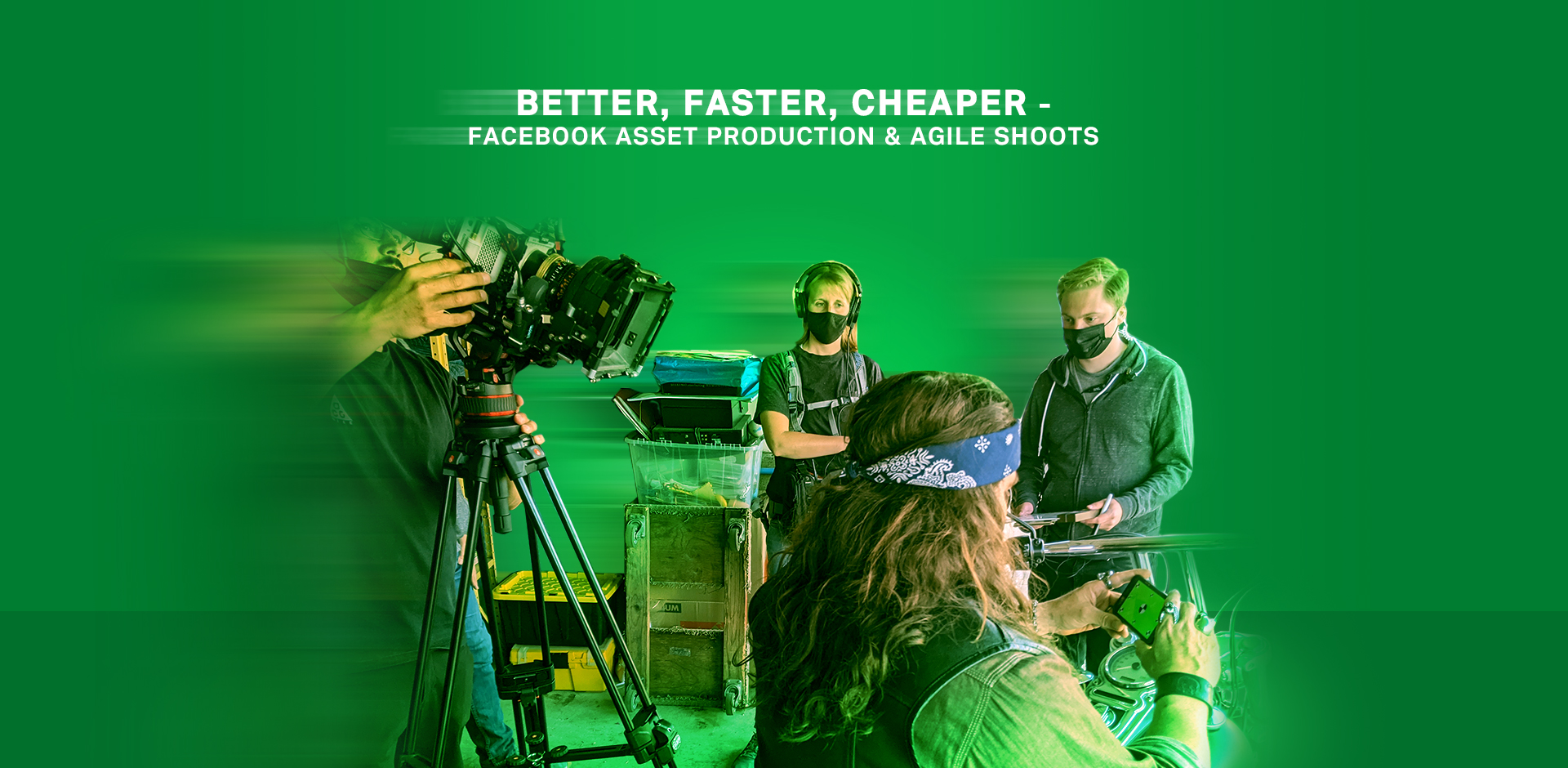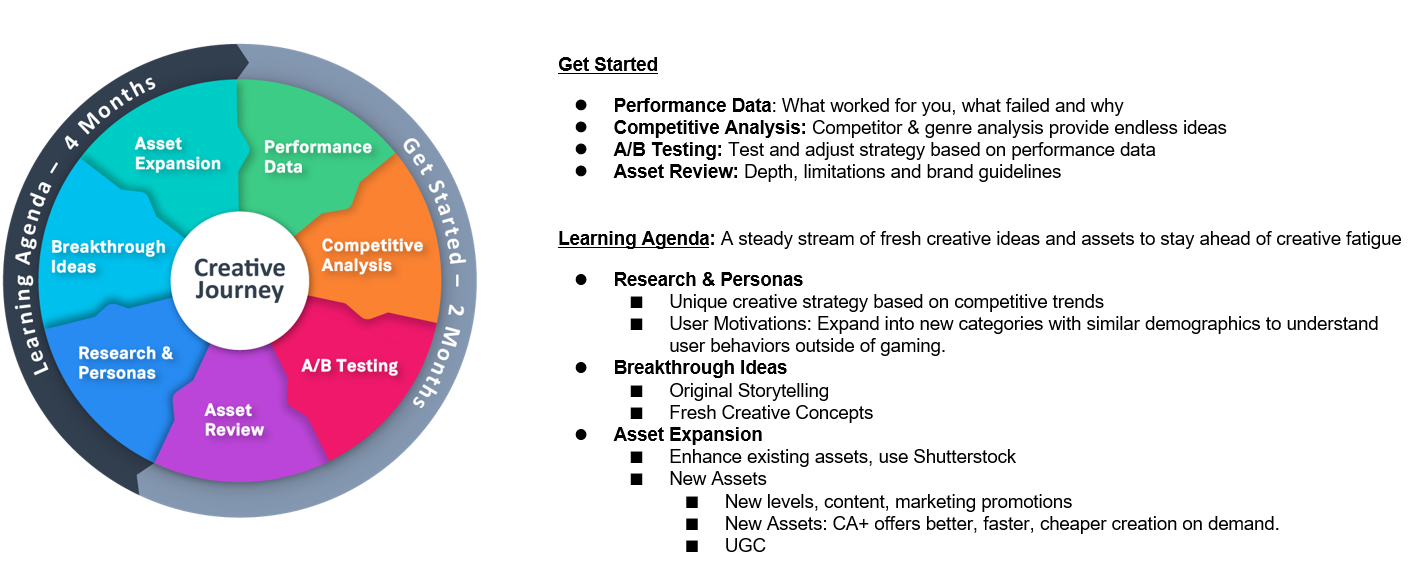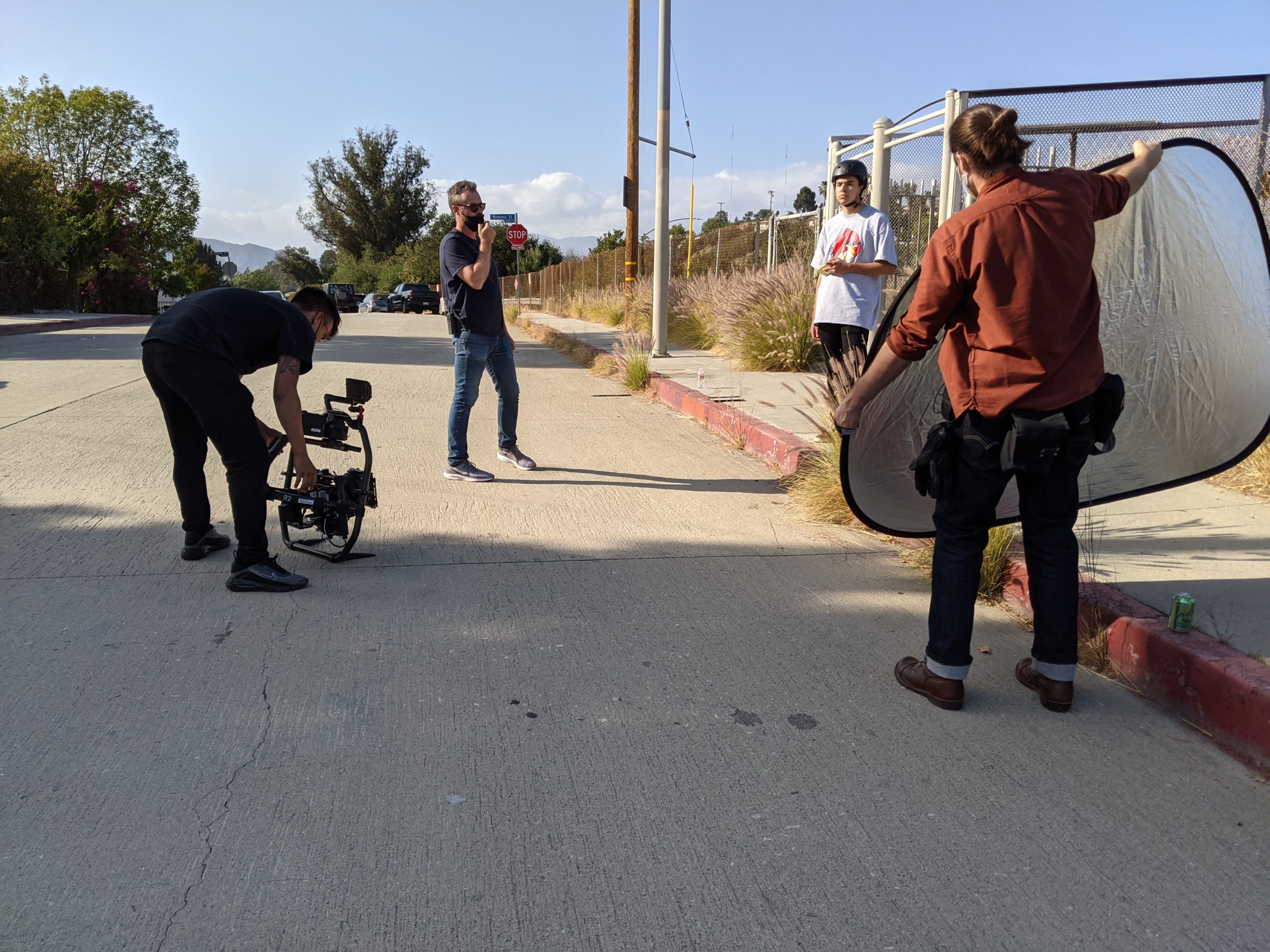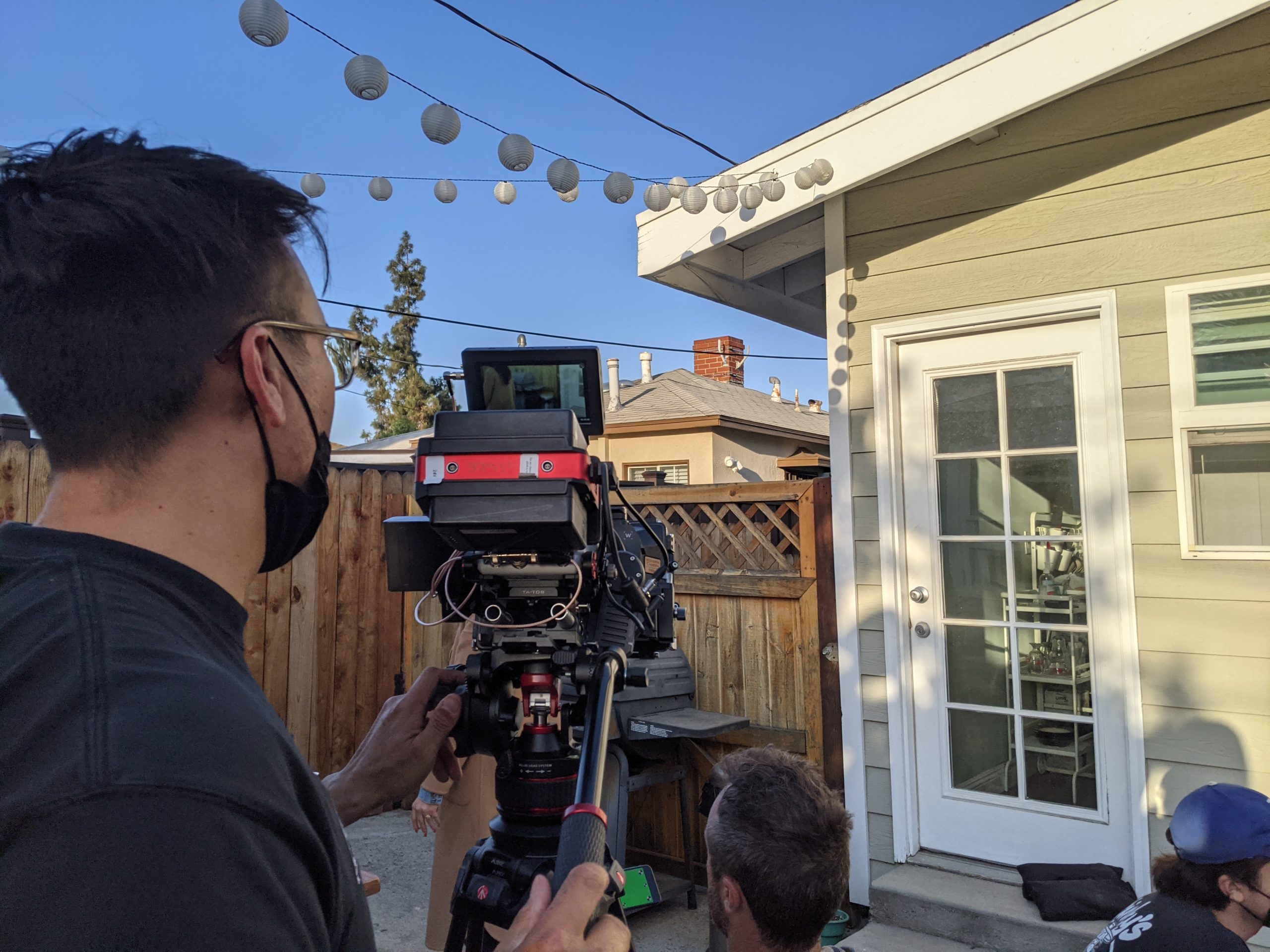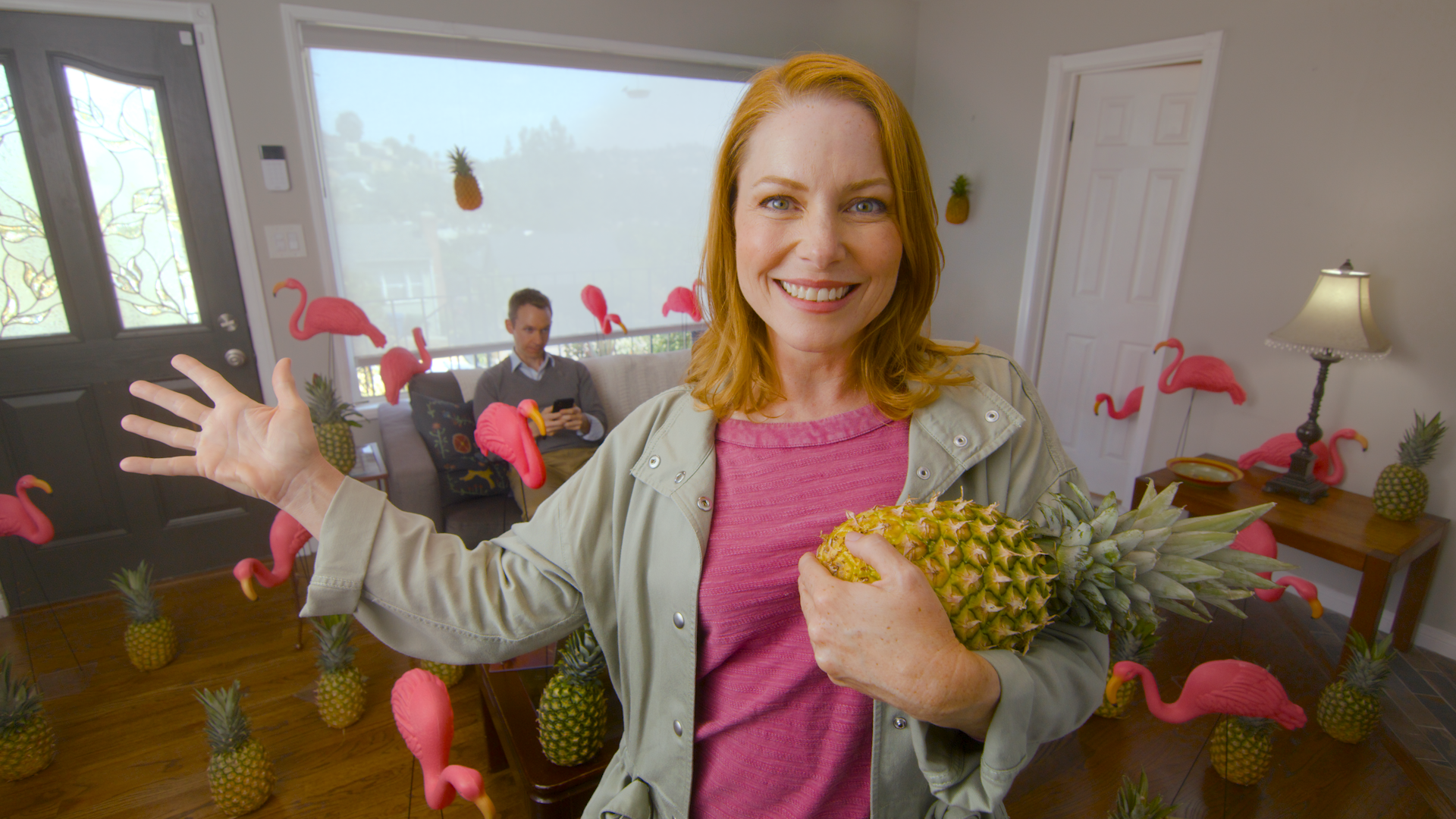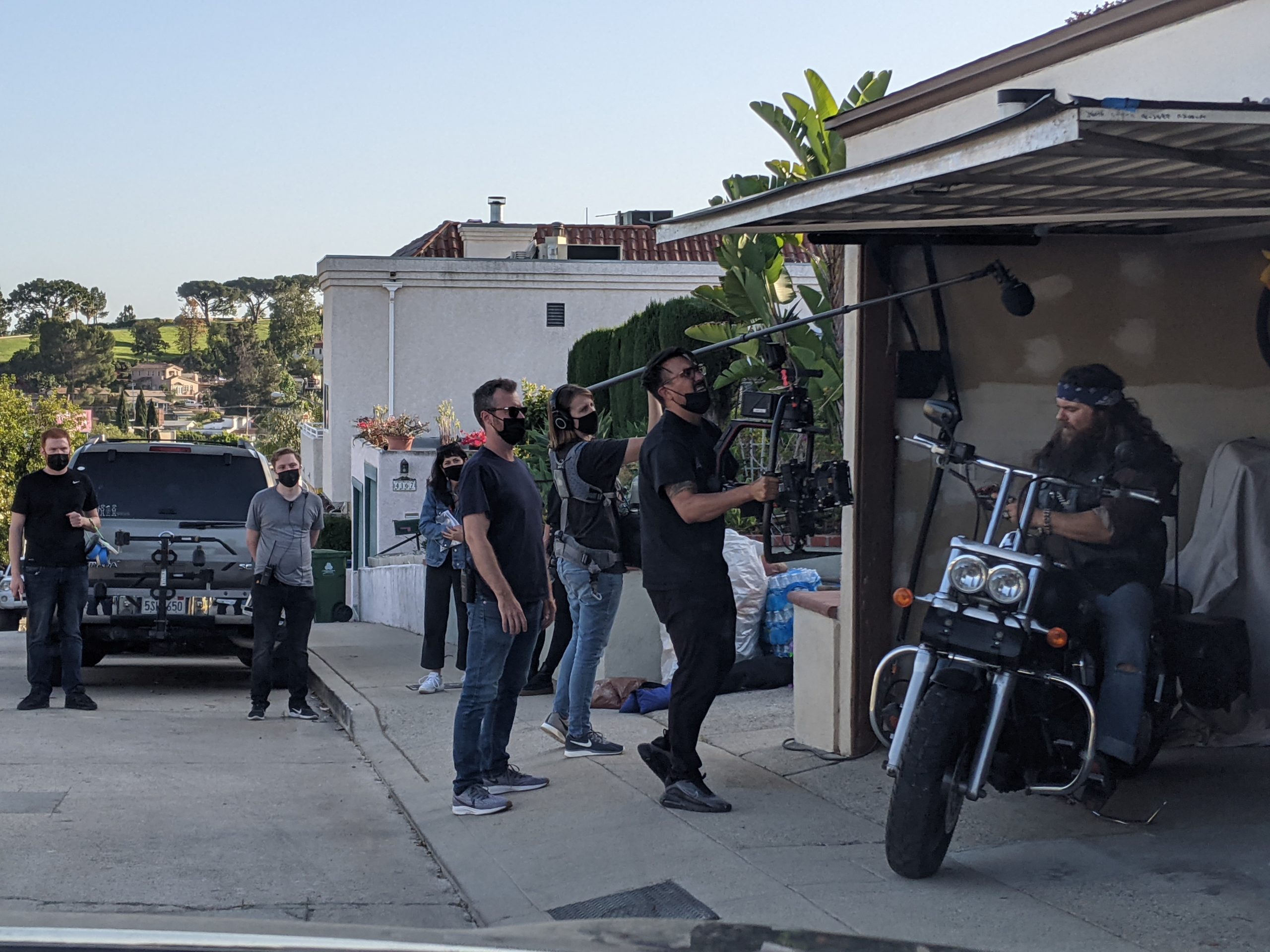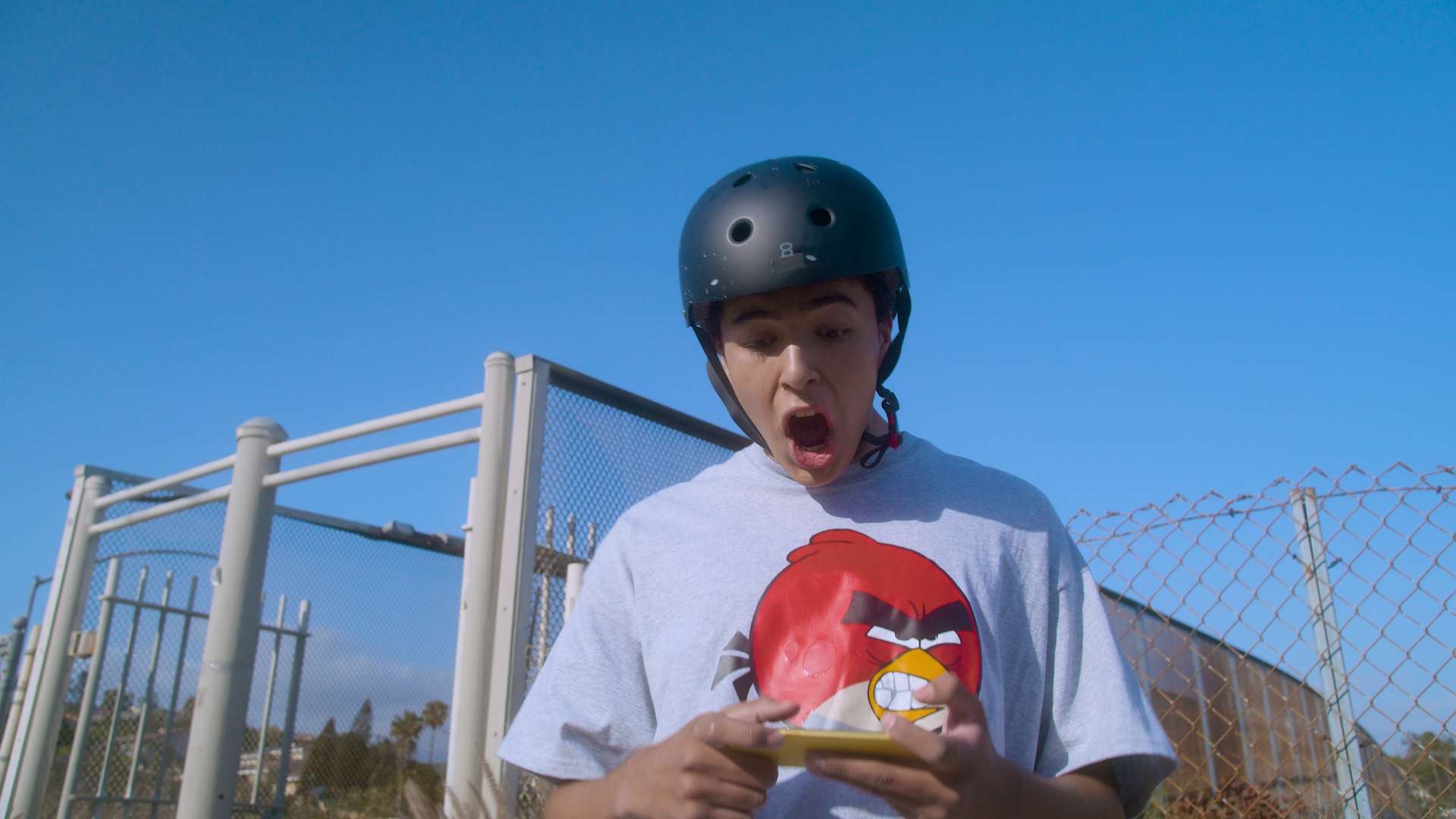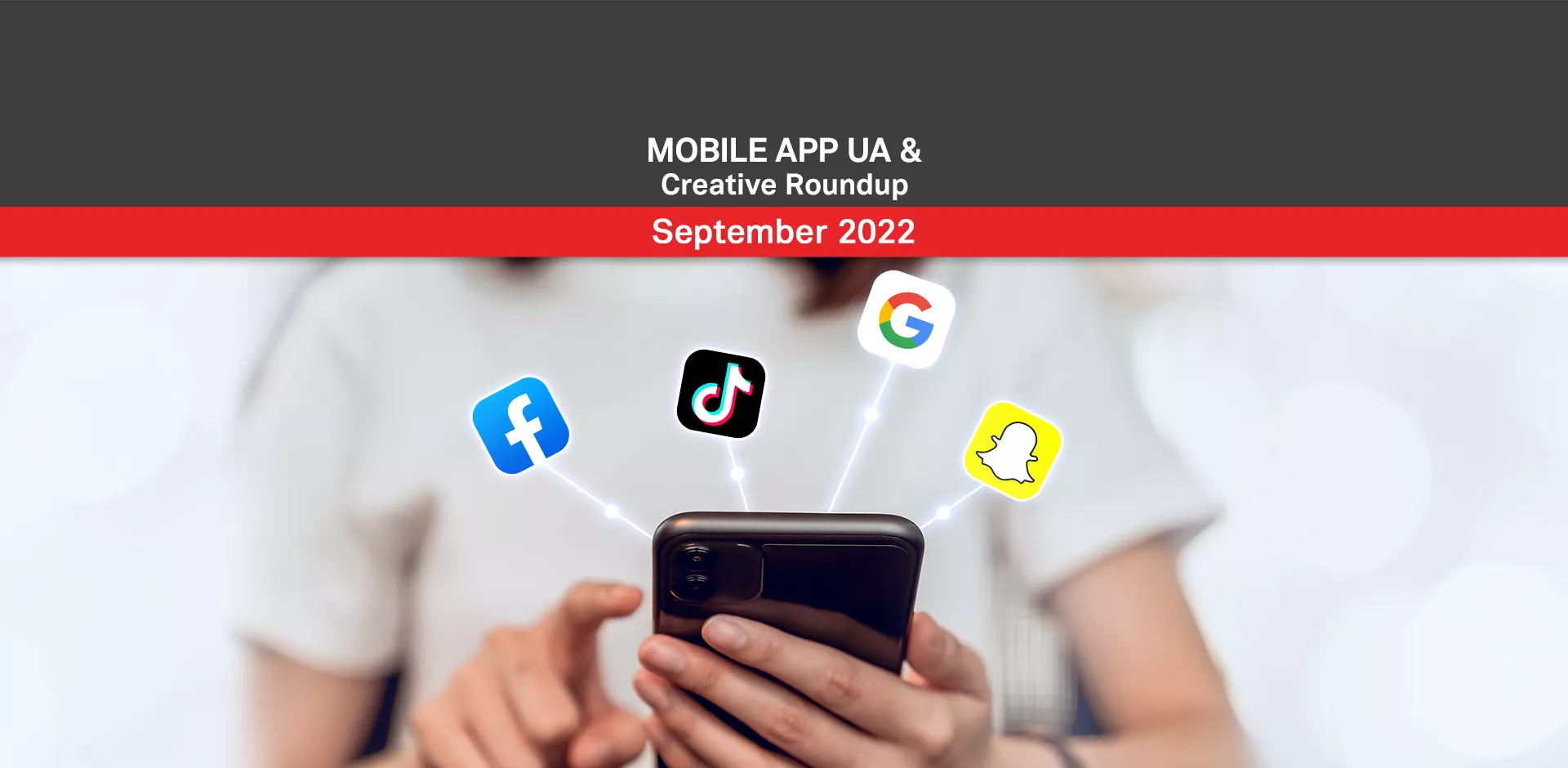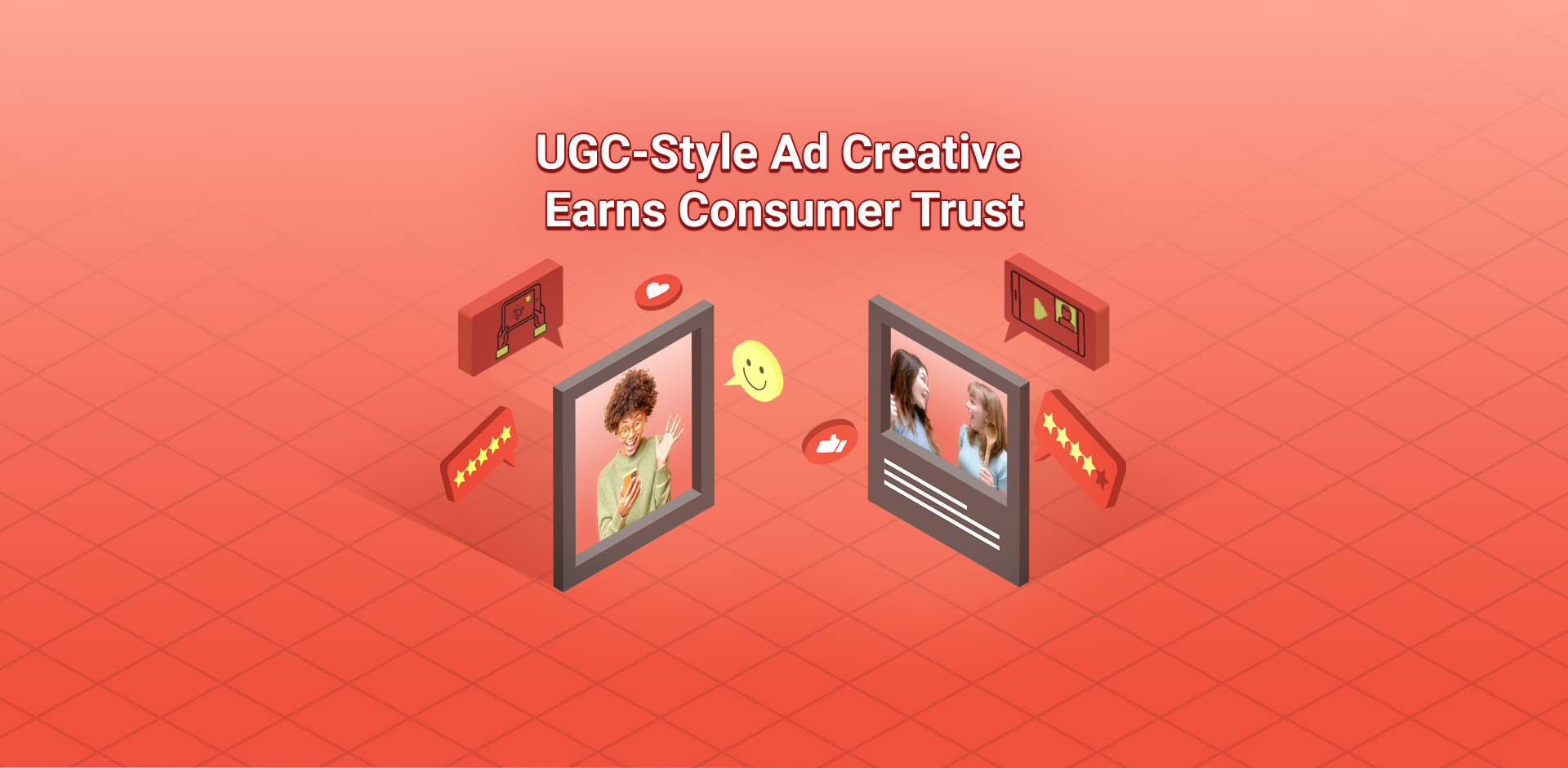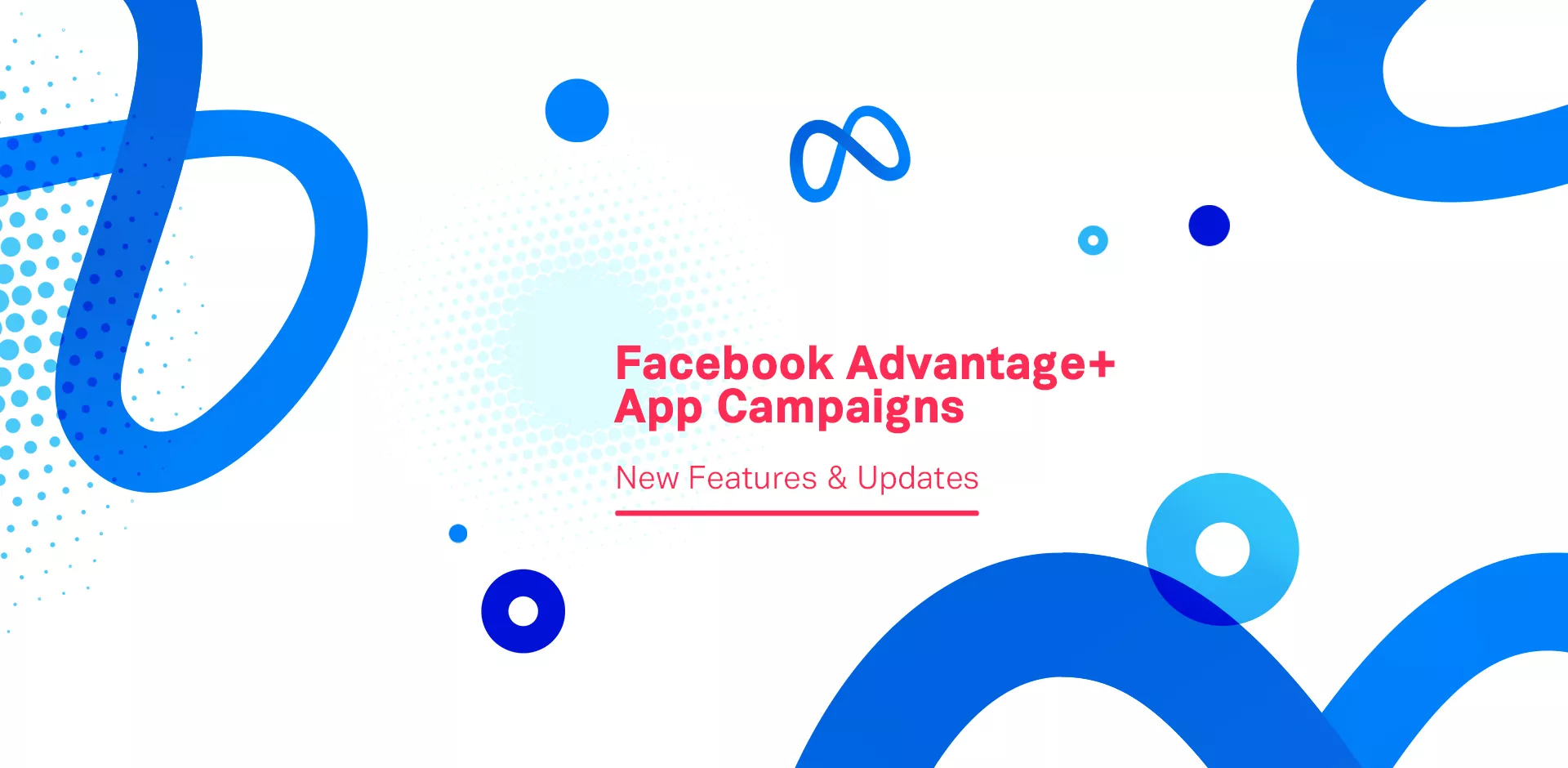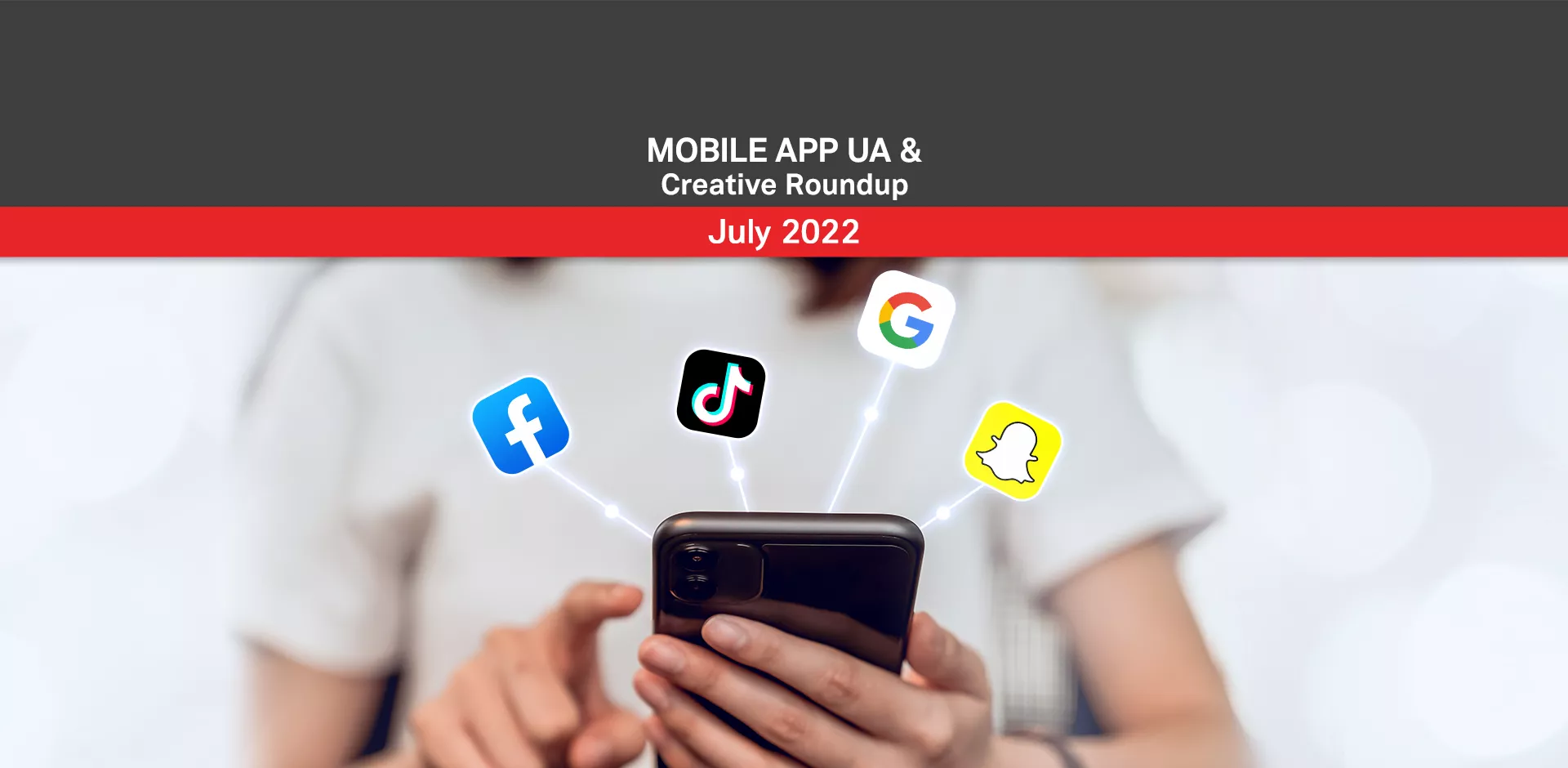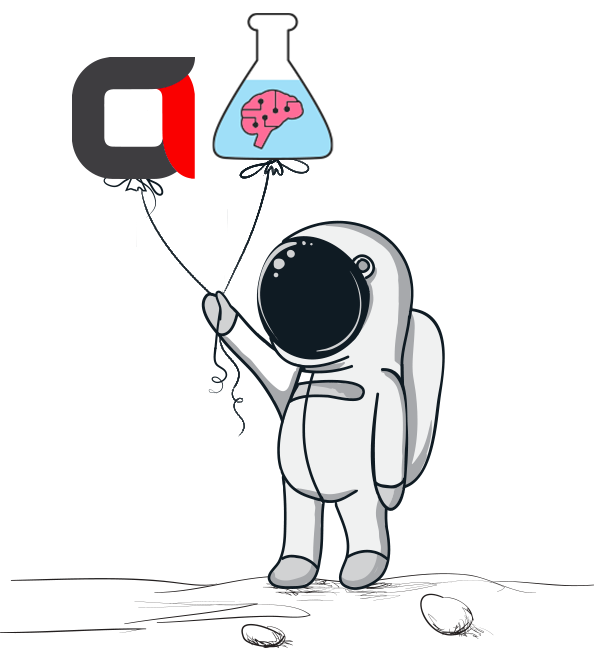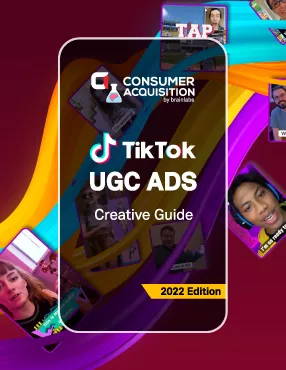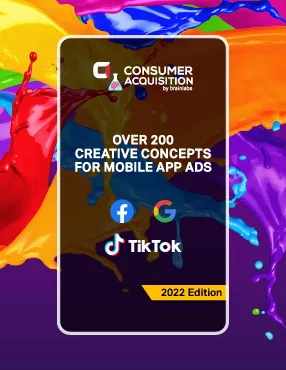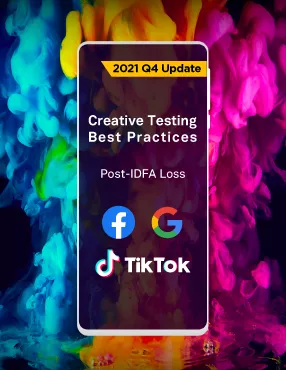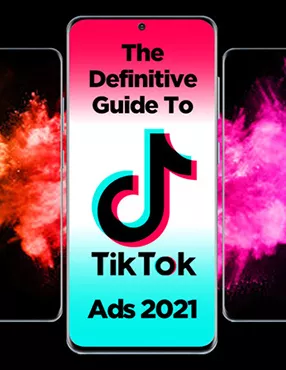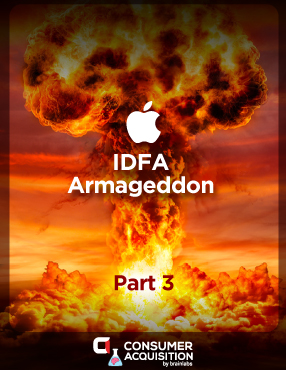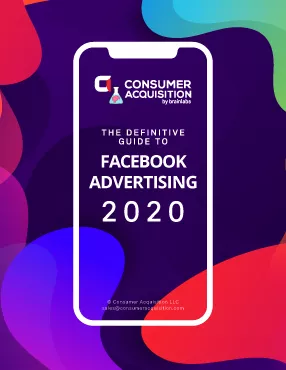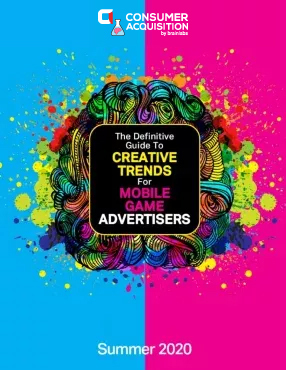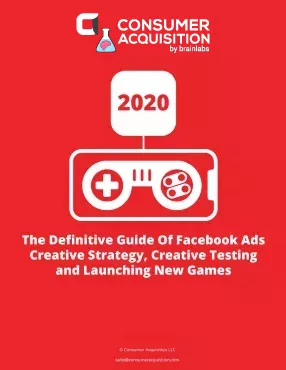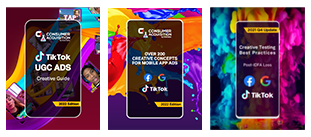Can you guess how much of your new creative ideas fail to outperform the best ad in your portfolio? 85% to 95% fail. This means only 5% – 15% of Facebook ads become winners, and Facebook creative fatigues and dies after 10 only weeks. These facts highlight the need for continuously new ideas and asset creation, which can be achieved through agile live-action shoots.
This is why the creative journey exists. The creative journey provides UA teams the only meaningful lever they have left to drive financial success. With the Apple IDFA dead, and Facebook and Google fully automating media buying, UA must adopt a creative is king approach, or risk becoming dinosaurs.
Become Creatively Unstuck with Breakthrough Creative
Creative ideation that generates sustained profit from Facebook mobile app advertising is very difficult. It is common for in-house creative teams to get tunnel vision. They stop thinking outside the box or taking the risks required to unlock breakthrough original creative ideas. As a result, many app advertisers copy competitor’s ads. This creates a similar look and feels across an entire genre. Most company’s creative strategies tend to only follow a two-pronged approach. First, they review the performance data from their ads to determine quantitatively what works, what fails, and why? Then, they study competitors’ ads to discover trends across their competitive set. While leveraging other company’s best ideas unlocks a higher success rate, it invariably results in all ads in a genre looking similar.
So, how can you uncover original creative ideas that leverage the best attributes of your app, speak to your target audience motivations, and are visually unique? A developed custom creative learning agenda will provide a roadmap for sustained and profitable success. A creative learning agenda uses historic performance data, competitive analysis, user personas, and creative trends to craft a structured process for creating, testing, and optimizing mobile app creative.
Asset Creation Pipeline
A creative learning agenda powers successful advertising across all platforms (Facebook, Google, TikTok, etc). You leverage a structured testing process to generate fresh assets, gameplay capture, un-influencer/UGC short-form video content, and app store optimization. So how can you possibly create enough assets for all these mediums and use cases?
Agile live-action shoots﹘also referred to as mondo shoots﹘drive an asset creation pipeline. This production style can build up your asset library quickly if you’re launching new features, new levels, or rebranding / increasing advertising efforts.
What are Agile Live Action Shoots?
Agile live-action shoots enable better, faster, cheaper asset creation and are becoming a best practice in the advertising/pro-co industries. The traditional agency model﹘which, along with nebulous pricing﹘ is dying because it’s expensive, rigid, and built to win vanity awards vs driving net profit. In the past, you would shoot as many variations and takes of the single concept as the director deemed necessary. If your budget was $500,000, that’s a lot of time and effort spent on one vision that may or may not drive profitable advertising. And, for live-action/DOOH/OTT/TV, what if this vision doesn’t resonate with your audience? You spent all that money for a failed creative. This isn’t even incorporating production costs to extend the assets for use in other mediums, like social advertising and social media.
Agile shoots allow you to use your resources to the fullest by capturing extra assets. You do this by using multiple actors/actresses and different endings and taking advantage of the downtime to capture stills and behind-the-scenes footage. Instead of needing three shoots﹘TV, social, and photo﹘you plan for and shoot them all at once. This provides you hundreds of assets through agile production. The cost may be marginally higher, but you’ll pay less for one agile live-action shoot than you would multiple shoots for various mediums.
More importantly, with an 85% to 95% failure rate for all creative, it is statistically very rare that “one person’s vision” will result in a successful ad. The smartest plan is to assume that no one, including award-winning directors, knows what will be successful. Instead, provide a library of assets that can be mixed and recut to provide a pool of different ideas. This increases your potential for success.
How to Set Up Agile Live-Action Shoots
The basic concept is, you get all the teams you need to create assets for campaigns. You’re filming for 10-12 hours per day, so you have time to accomplish multiple things. An agile live-action shoot should include:
- Several variations of the script
- Multiple actors playing the same roles.
- Production Team B
- Social Media Team
- Dedicated Photography Team
Start with the Script
Again, the point of agile live-action shoots is to build hundreds of assets during one shoot. You can do this through script variation. You should have your writing team create several versions of the script. For example, you’re shooting an ad for your mobile card game app. You can have one script that features three men having a virtual card night. Then, you have another version with three women doing the same, and one with three couples.
With multiple versions of a concept, you’re enabling testing and optimization. Your UA team can A/B test the variations of your asset. When you find all the winning elements, then you can create your proven concept. This is critical for TV ads, where traditionally you had little choice but to risk your media spend on a failed ad. Now, you can test on digital to ensure your TV ads will be winning creative.
Also, you can test different endings for spots. Humor is extremely subjective, so if you have a funny concept, you can film three punchlines. You can have one be the straight delivery, another version has a middle-of-the-road joke, and a final one with a joke that some may find offensive. This allows you to discover which resonates with your target audience.
Choose Your Location(s)
Once you write how many variations of the concept you want, you finalize your location(s). During shooting, you can film all of the versions instead of the singular commercial you would’ve in the past. But, there become some logistical issues depending on one major decision﹘on set or on location.
If you film at a soundstage, you can set up multiple sets simultaneously. This enables agile production, so you can seamlessly gather assets with different backgrounds. Keep in mind, soundstages can cost around $5,000 per day.
However, if you film on location, this can be more complicated. For instance, you want to shoot your mobile card game app concept in an apartment. This now limits other setups you can have simultaneously because you’re restricted by the apartment’s square footage. Also, this doesn’t factor in if you shoot outside and have to worry about natural lighting.
Hire Actors
Agile shoots help enable A/B testing for live-action assets. Your goal is to have as many variations as possible to test, so you can iterate on the winner. If you have a script that calls for one actor, you should consider hiring two or three.
If you’re a finance app, you want to hire a spokesperson who appears credible. This is a great opportunity to unlock invaluable insights into your target demographic. You can film two or three actors performing your script, and﹘like with the script itself﹘test to find out which performer your potential audience responds to most favorably.
Build Your Film Crew
You need your standard film crew you’d use for a live-action shoot. This can range between 7-50 people. This crew is the main focus, and their work has to remain the priority. All ancillary production needs must leave the film crew unperturbed.
Choose Your Production Team
Your production team can swell or reduce, depending on how many actors you use. The more actors you hire, your production team grows exponentially. You need a bigger makeup and wardrobe crew to accommodate the increased number of talent. So, if you have a limited budget, you need to consider all production costs and what your most important needs are.
Get a Social Team
Social media teams are typically very nimble, and they feature 2-3 people. This makes them easy to include during an agile live-action shoot. In-between takes, there are 10-15 minutes where the talent is either standing around or back in their trailers. Your social media team can use this time to get campaign assets while the crew is setting up the next shot.
Here are some creative recommendations:
- Behind-the-scenes footage
- Call-to-actions
- Pre-roll
- End cards
- Action shots
- Footage for gifs
- App use to capture pictures/videos
- Short live Q&A sessions with the actors
- Upcoming holiday- and seasonal-themed content
- Live polls
- Video stories
- Film the actors announcing the app’s features
- Use the actors to solicit UGC content
- Create contests and have actors announce the rules
- Vlog guides
- Announce upcoming events
- Have the actors take over social media accounts
- Film the actors participating in the latest social media trends
- Post teaser shots/videos of the content
Remember, UGC is particularly powerful content for Instagram, Snapchat, and TikTok because these platforms value authenticity and less polished content. Why not get the best of both worlds and get professionally produced creative that inspires UGC?
Add Photography
Photography is the easiest team to add to an agile live-action shoot. A photography team is usually three people who hover around the main set unobtrusively. From this add-on, you can increase your asset library by as much as 4x. It’s extremely cost-effective too since a photography team costs around $5,000.
They capture still images to build your asset library for the life of the campaign. They also can shoot behind-the-scenes footage that can be used in the future. Or, they can take pictures off to the side in-between takes or during set-up. Remember, shoot first, edit later.
If you cannot add a photography team to your shoot, you can still capture assets for different mediums. Make sure you use a 4k or above camera to shoot in. Because the resolution is so high, you can use still images of what you shoot.
How We Can Help with Agile Live-Action Shoots
Consumer Acquisition can help produce a steady stream of fresh creative ideas and assets to stay ahead of creative fatigue. This allows you to maintain profitability from your mobile app advertising. Through our Creative Studio, we provide better, cheaper, faster asset production through our agile shoots that enable agile production and creative testing.
Founded in 2013, ConsumerAcquisition.com is a technology-enabled marketing services company that has managed over $3 billion in creative and social ad spend for the world’s largest mobile apps and web-based performance advertisers. We provide a creative studio and user acquisition services for Facebook, Google, TikTok, Snap, and Apple Search social advertisers. Contact Sales@ConsumerAcquisition.com to work with our elite Hollywood storytelling creative team that will provide you with breakthrough creative ideas and an asset creation pipeline for your mobile app advertising.


